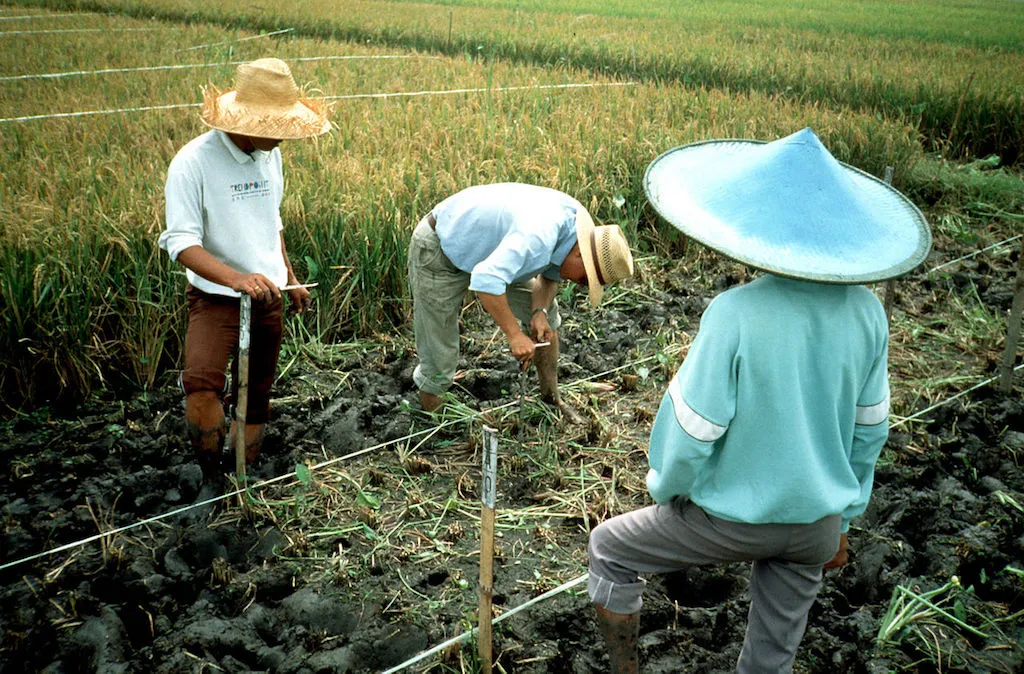Li Jianyue crosses a rice field in southern China with a wad of envelopes in his hand, in search of a type of grain that hopes that one day he can fight diabetes.
This evil related to obesity is booming in China, and rice - the country's favorite brand - arises in studies as an important factor.The black grains that pinches of mature stems and introduces in paper envelopes have been cultivated so that when they consume they do not fire blood sugar levels, which in the long run can cause type 2 diabetes.
China has the highest number of adult diabetics worldwide: 109.6 million in 2015. If preventive measures are not taken, another 40 million could be added towards the end of 2040. Refined white rice is an obvious goal, because theThe majority of the 1.4 billion inhabitants of the country consumes it at least once a day, and has an impact on blood sugar levels similar to white bread.
"The number of people with diabetes is increasing," said Li, a professor at the Normal University of Shanghai.However, he stressed that a healthier rice alone will not solve the problem: it is also necessary to know well."That is why we also try to improve the texture," he said.
The rice experiments that Li carries out are part of a world effort to improve the nutritional value of rice.The Bill & AMP Foundation;Melinda Gates, for example, works with researchers in the Philippines and Bangladesh in the production of rice enriched with vitamin A that helps fight blindness.
The Australian Scientific and Industrial Research Organization (CSIRO) develops a more fiber rice to decompose in the lower digestive tract, which helps intestinal health by avoiding the increase in glucose.The Chinese Academy of Sciences works in a parallel program that seeks to strengthen rice with more vitamin B and E, Iron and Zinc.
"Today's middle class Chinese are very concentrated in nutrition," said Phil Larkin, CSIRO chief research scientist in Canberra."The rate of increase in type 2 diabetes in China is terrifying."A study published in 2013 estimated that in the country 114 million people lived with diabetes, 21.6 million more than a similar study three years before.
Li's experimental rice has a germ - the embryonic part of the grain - larger than that of normal rice.This gives more protein and less carbohydrates, which are the ones that become glucose during digestion.Currently Li's work consists of creating hybrids that combine that property with the flavor and texture of popular rice varieties on the eastern coast of China.
Refined white rice remains a little nutritious food, said Sun Qi, an assistant professor at the T.H.Public Health Chan from Harvard University.On the other hand, whole grains, including integral rice, are rich in cereal, minerals, vitamins and phytochemicals.
Hybrid varieties have helped China achieve one of the highest rice yields in the world and remain self -sufficient despite the fact that consumption increased 13% in the last decade due to population growth.
Last year, however, the annual per capita consumption fell to 104.8 kilos, after having reached a peak of 109.7 kilos in 1997, to a large extent because the diets changed and for an improvement in the transport of food that beganto give more options to consumers.The wheat -based bakery industry expanded around 10% last year in the country.


